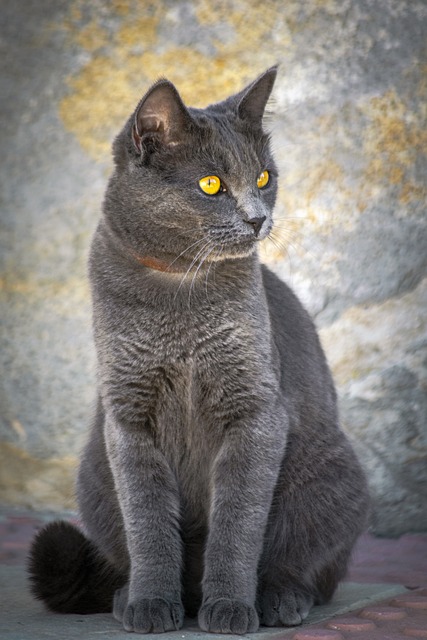Introduction:
Throughout history, humans have been fascinated by animal behaviors and coloration, often attributing mystical significance to certain traits. One such intriguing connection lies between a cat’s fur color and its behavior. Is this belief rooted in science or mere superstition? This article delves into the research exploring the potential genetic link between coat color and behavior, with a special focus on Siamese cats.
The Siamese Connection:
The author’s personal affinity for Siamese cats stems from a lifelong companionship with these distinctive felines. These cats, known for their striking color-pointed appearance, possess a unique genetic quirk in their tyrosinase gene. Unlike other feline breeds, Siamese tyrosinase functions optimally at lower temperatures, resulting in their characteristic coat pattern.
Skin Coloration and Behavior:
Beyond its role in melanin production, tyrosinase plays a multifaceted role. In certain brain cells, it serves as a pivotal component in dopamine generation, a neurotransmitter associated with anxiety and obsessive-compulsive disorders. For Siamese cats, the altered tyrosinase gene means that their dopamine-requiring neurons must rely on an alternative pathway. Under normal conditions, this backup system suffices. However, in times of stress, these neurons may struggle to compensate, potentially influencing behavior.
Current Research and Goals:
The author’s ongoing research aims to elucidate the molecular basis of the Siamese-specific tyrosinase mutation. Key objectives include understanding how this mutation enables tyrosinase to function at lower temperatures, examining the protein’s structural conformation, and assessing dopamine levels in Siamese cat neurons following stress. Ultimately, the goal is to identify potential interventions to enhance the well-being of Siamese cats, particularly in shelter environments.
Looking Ahead:
As the author self-funds these pioneering studies in Feline Cell Biology, they acknowledge the unconventional nature of their research within the scientific community. Future updates on their progress are eagerly anticipated. Those interested in supporting this endeavor and gaining a deeper understanding of feline behavior at a molecular level are encouraged to like and share this post across social networks.



